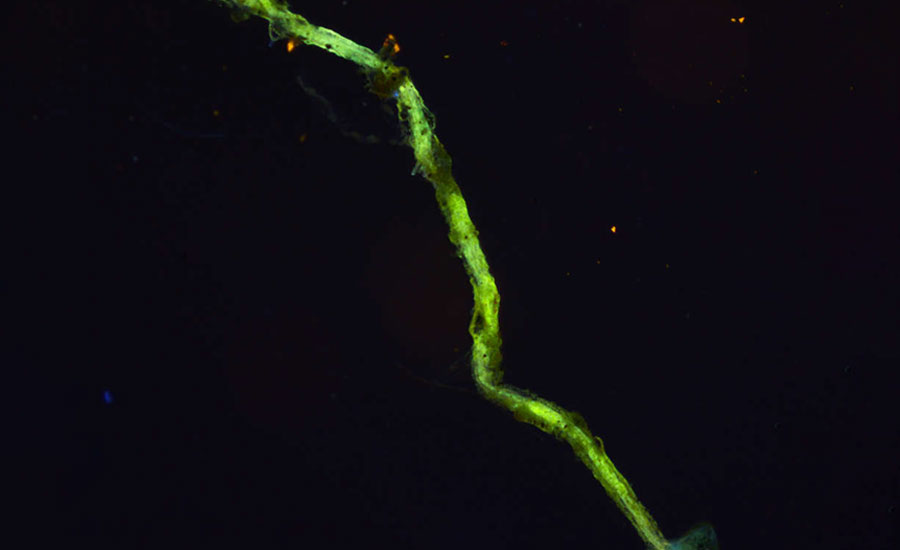Venus"s hair; Thiolava veneris
This article was originally posted at Amazing Zoology. View original article at http://amzoo.in/8e3rm
In 2011, the underwater volcano Tagoro erupted in Canary Islands. The eruption increased water temperature, decreased oxygen and released massive quantities of carbon dioxide and hydrogen sulfide. It literally wiped out much of the ecosystem off the coast.
Three years later, a strange new bacteria was the first organism to re-colonize the area. Three years later, a strange new bacteria was found to re-colonize the area. It was a new species of proteobacteria producing long, hair-like structures composed of bacterial cells within a sheath. Due to its long, hair-like structures, sceintists called it ‘Venus’s hair’.

The bacteria grew a massive white mat, extending for nearly half an acre around the summit of the newly formed Tagoro volcanic cone at depths of about 430 feet (129-132 m).
10.1038/s41559-017-0144
Comments
Post a Comment